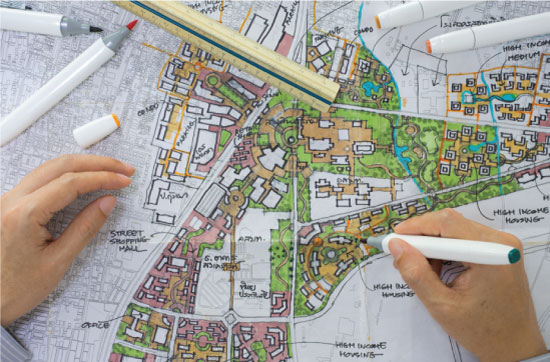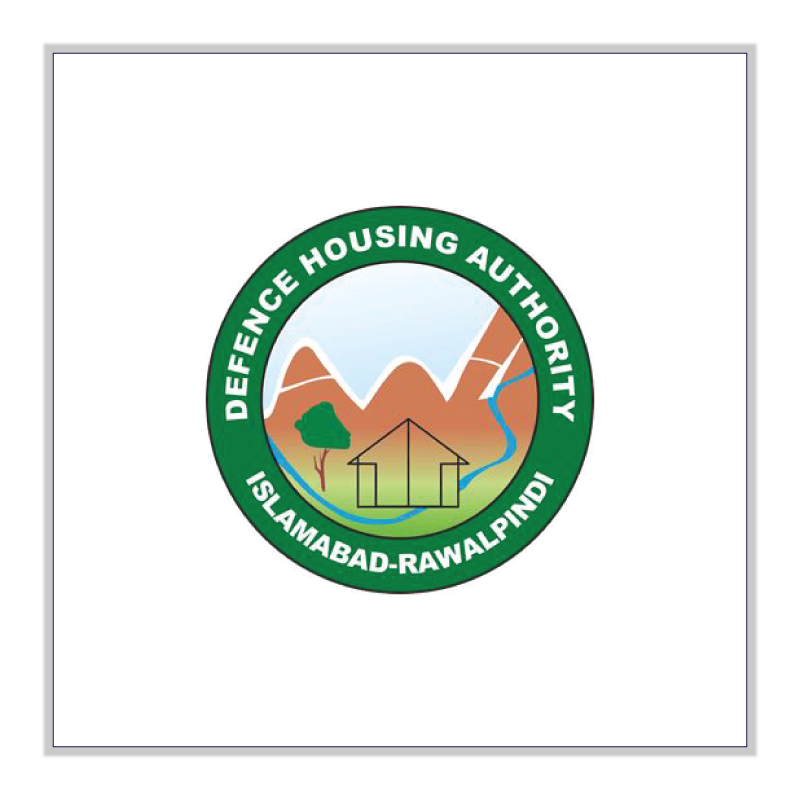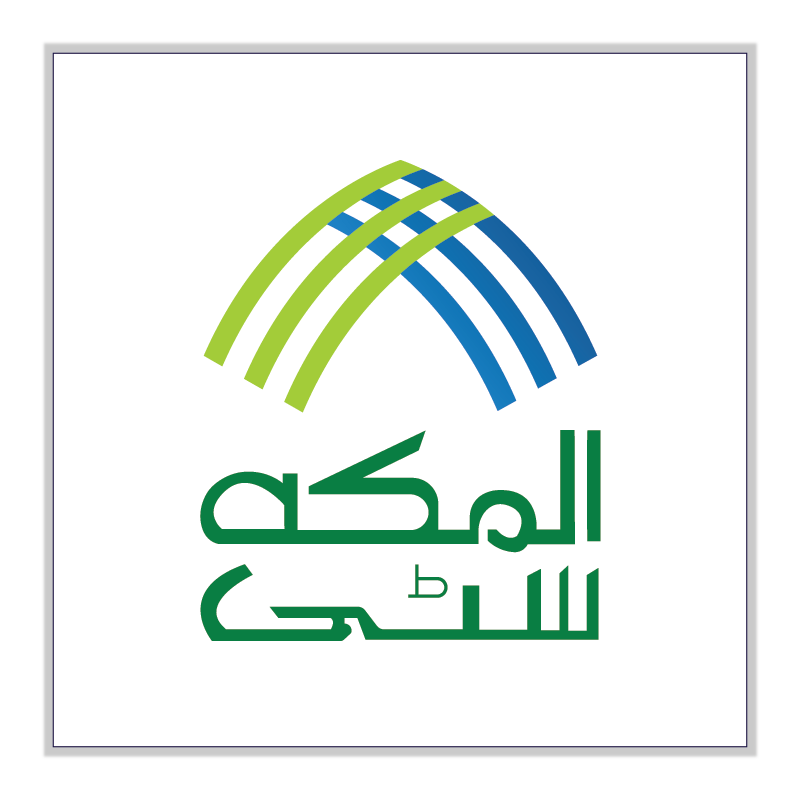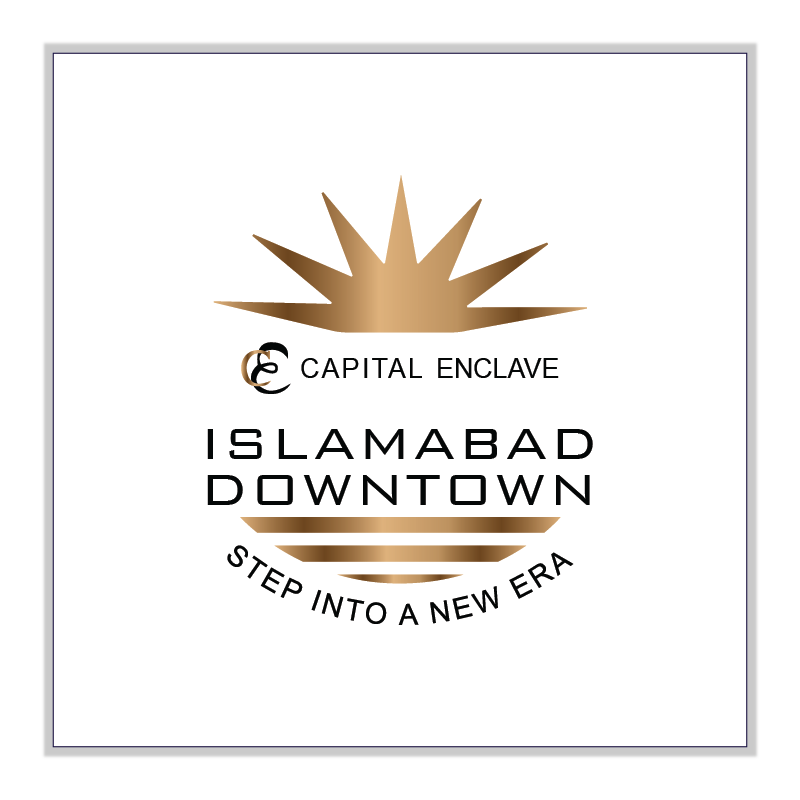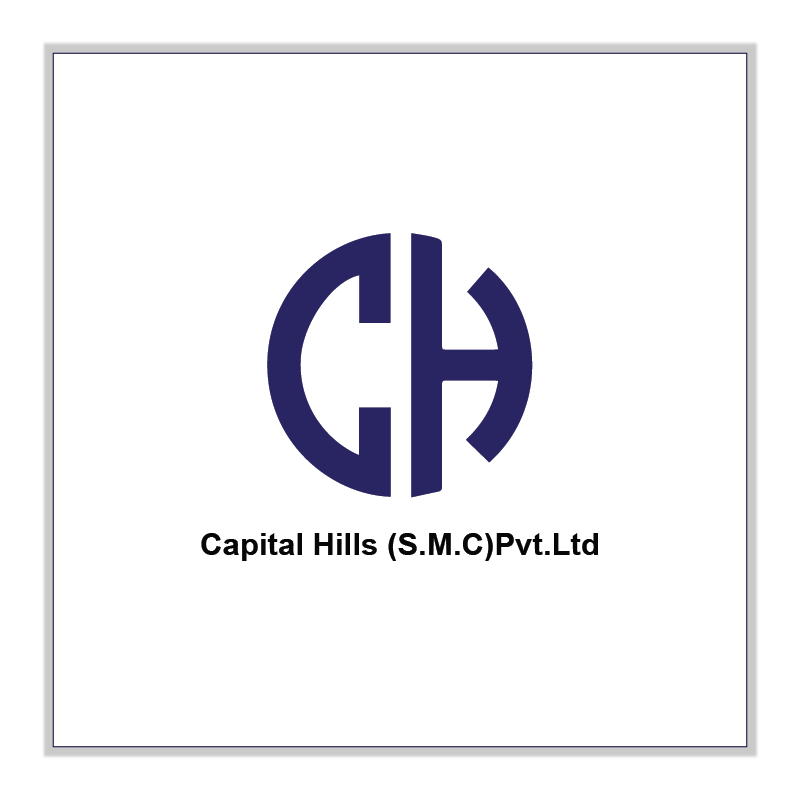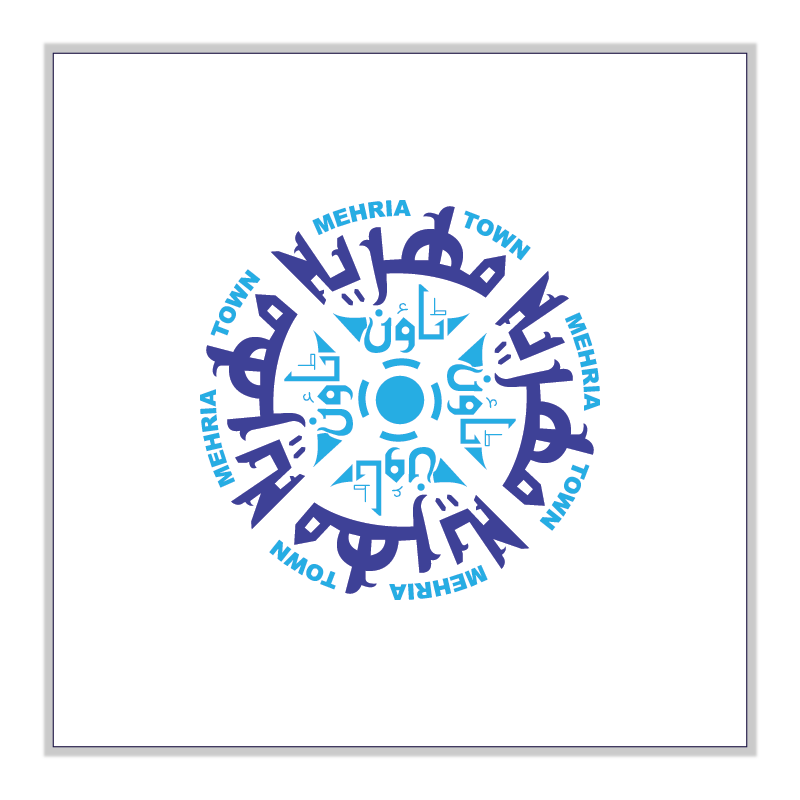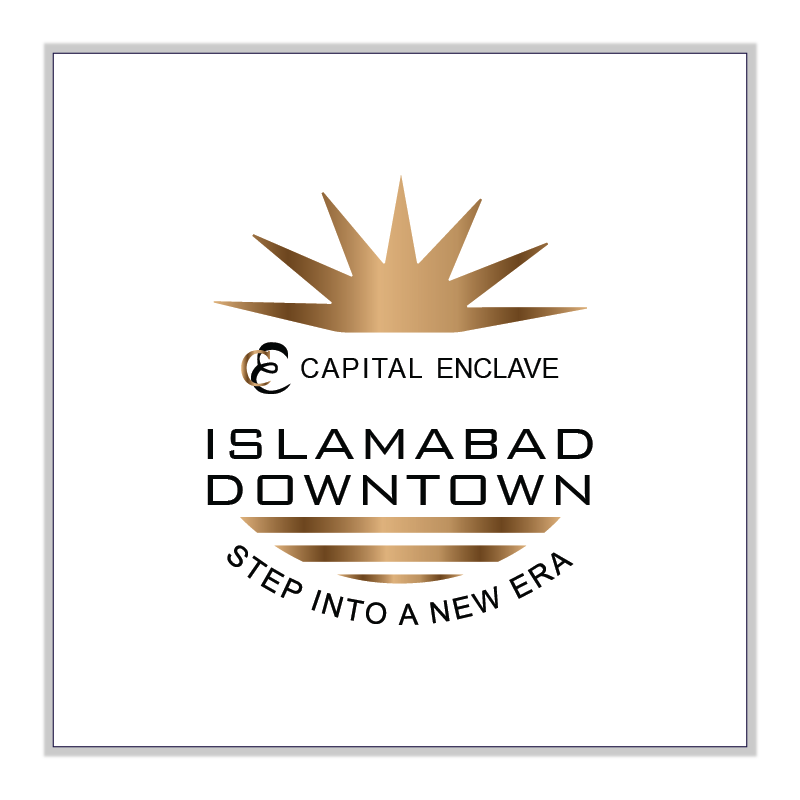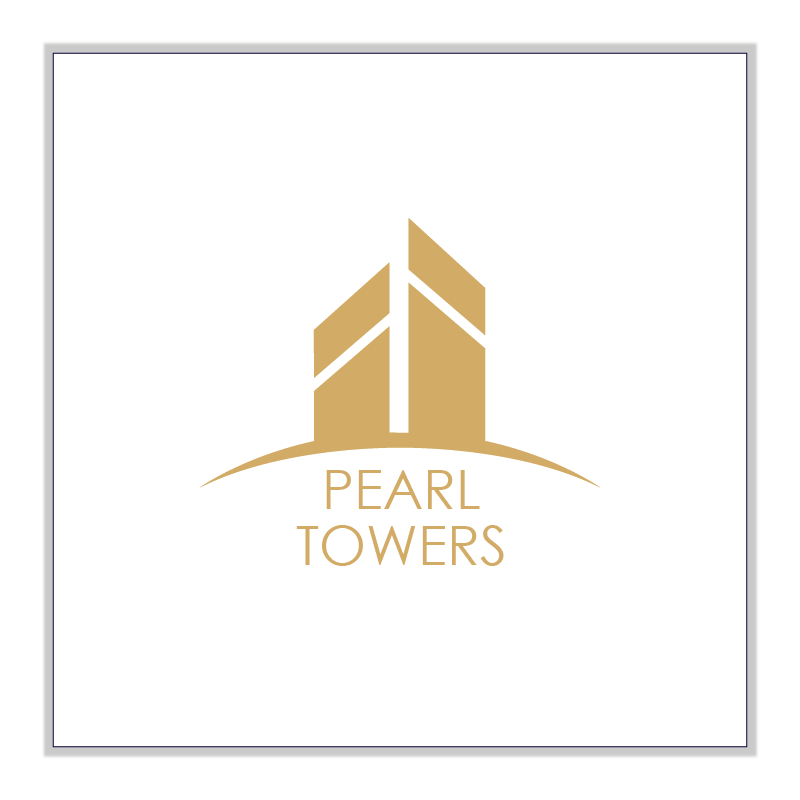Effective urban planning and design involve a strategic and systematic approach to organizing land use, infrastructure, and resources within a defined area. This process ensures sustainable, functional, and aesthetically pleasing growth, balancing present needs with future development goals.
Key Components:
- Master Planning: Defining the development vision and goals
- Legal Framework: Ensuring compliance with local regulations
- Land Use Zoning: Allocating land for optimal use
- Infrastructure Planning: Designing efficient transportation, utilities, and services
- Environmental Impact Assessment: Mitigating ecological effects
- Transportation Planning: Creating accessible and efficient mobility systems
- Socio-economic Factors: Considering community needs and aspirations
- Project Management: Coordinating and implementing the plan
Sustainability and Resilience:
Modern urban planning emphasizes sustainability and resilience, ensuring that cities can adapt to challenges such as climate change, natural disasters, and resource scarcity. This includes the use of green building practices, renewable energy sources, and climate-responsive infrastructure. Successful urban planning and design involve the active participation of the community. Planners engage with residents, businesses, and other stakeholders to gather input, address concerns, and build consensus around the development vision.
Products and Services:
- Contour Plan
- Conceptual and Zoning Plan
- Land Use Plan
- Master Plan/Layout Plan
- Location Plan showing the land use in Master Plan/Site Development Zone/Structure Plan
- Design Concept Study
- Planning Appeal
- Planning Permits

